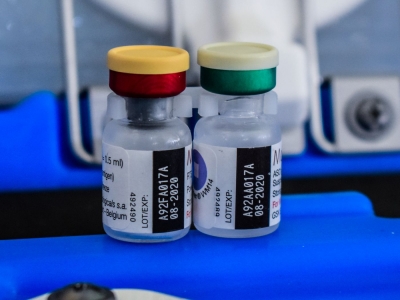Does your heartbeat 100 000 times a day?

Your heart beats over 100,000 times in one day. If you take an average of 80 beats per minute, your heart beats about 4,800 times per hour. That's 115,200 times per day, and 42 million times a year! In an average lifetime, your heart will beat more than 3 billion times!
High blood pressure (a reading greater than 120/80) is quite common, affecting more than 30% of the US population! Untreated, high blood pressure can lead to heart attack or stroke. While there are certain factors that increase high blood pressure, such as smoking and a poor diet, there are plenty of things that you can do to normalize your blood pressure as well, such as reducing stress, eating better and working out.
Since we know that stress is a major factor leading to multiple heart conditions and issues, one major step that you can take to improve your heart's condition in the long-term is to reduce stress in your life.
Unfortunately, there are stressful aspects of our lives that we cannot eliminate entirely, such as traffic on your commute home. Instead, we can alter our reactions to those stressors, helping to normalize our blood pressure over time.
In addition to the lifestyle changes and possible medications suggested by your physician, you may want to consider adding medical hypnosis into your health journey.
Credit : PR News Wire
Picture Credit : Google



